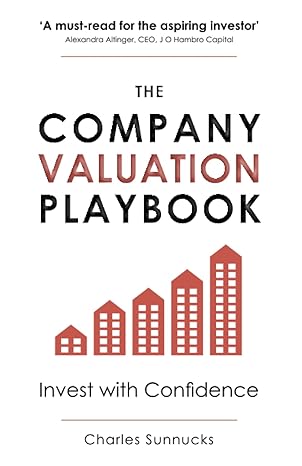

(Divisional costs of capital and investment decisions) In May of this year, Newcastle Mfg. Company's capital investment review committee received two major investment proposals. One of the proposals was put forth by the firm's domestic manufacturing division, and the other came from the firm's distribution company. Both proposals promise a return on invested capital to approximately 13 percent. In the past, Newcastle has used a single firm-wide cost of capital to evaluate new investments. However, managers have long recognized that the manufacturing division is significantly more risky than the distribution division. In fact, comparable firms in the manufacturing division have equity betas of about 1.7, whereas distribution companies typically have equity betas of only 1.1. Given the size of the two proposals, Newcastle's management feels it can undertake only one, so it wants to be sure that it is taking on the more promising investment. Given the importance of getting the cost of capital estimate as close to correct as possible, the firm's chief financial officer has asked you to prepare cost of capital estimates for each of the two divisions. The requisite information needed to accomplish your task follows: . The cost of debt financing is 9 percent before a marginal tax rate of 22 percent. You may assume this cost of debt is after any flotation costs the firm might incur. The risk-free rate of interest on long-term U.S. Treasury bonds is currently 5.5 percent, and the market-risk premium has averaged 4.3 percent over the past several years. . Both divisions adhere to target debt ratios of 70 percent. The firm has sufficient internally generated funds such that no new stock will have to be sold to raise equity financing. a. Estimate the divisional costs of capital for the manufacturing and distribution divisions. b. Which of the two projects should the firm undertake (assuming it cannot do both due to labor and other nonfinancial restraints)? Discuss. a. What is the divisional cost of capital for the manufacturing division? 1% (Round to two decimal places.) What is the divisional cost of capital for the distribution division? 1% (Round to two decimal places.) b. Which of the two projects should the firm undertake (assuming it cannot do both due to labor and other non financial restraints)? (Select the best choice below.) A. Manufacturing project because its divisional cost of capital is higher than that of distribution division. B. Distribution project because the cost of capital is lower and thus the project's net present value (NPV) is higher. C. Manufacturing project because the cost of capital is higher and thus the project's net present value (NPV) is higher. D. Either project because their internal rates of return (IRR) are equal








